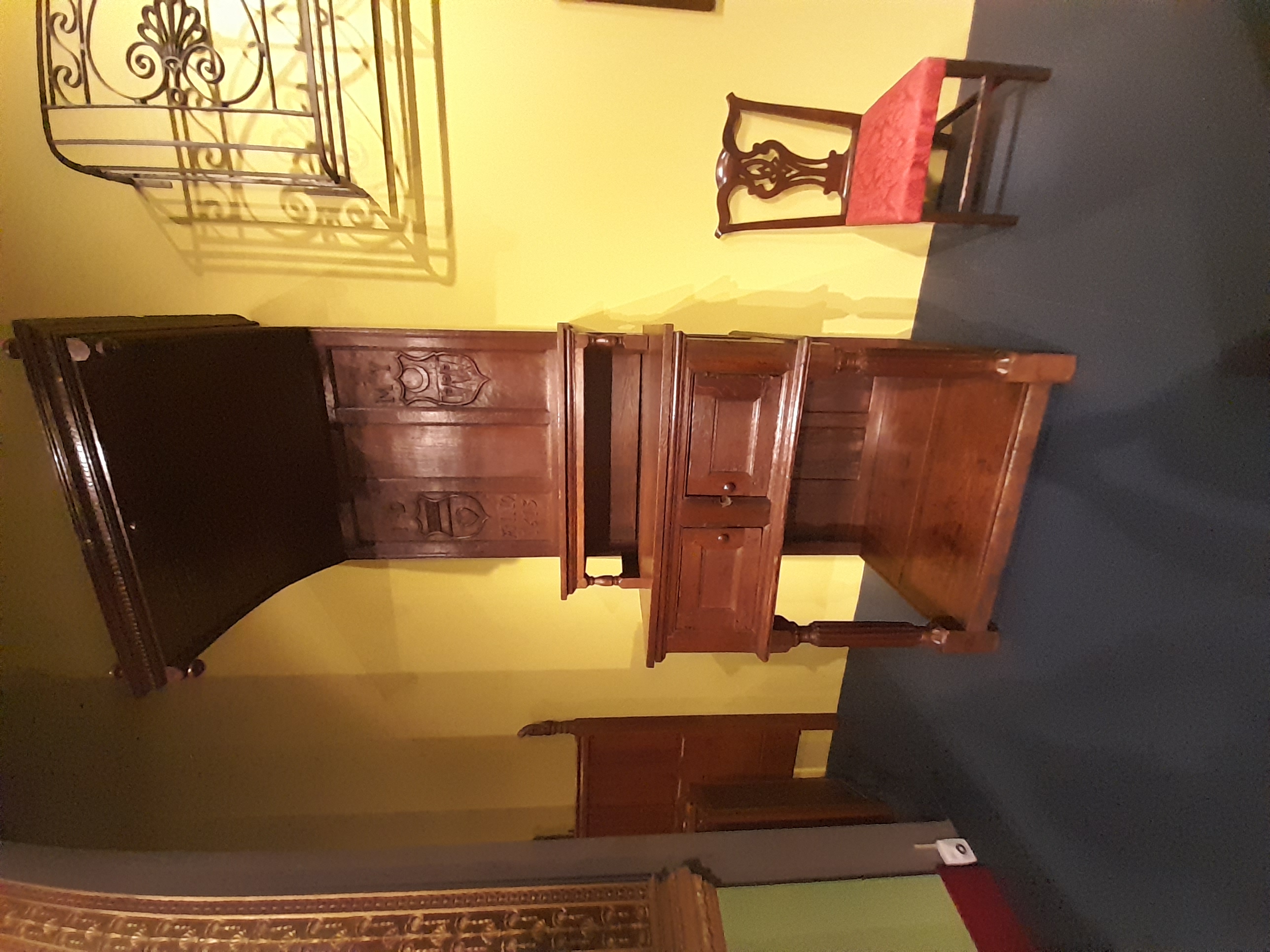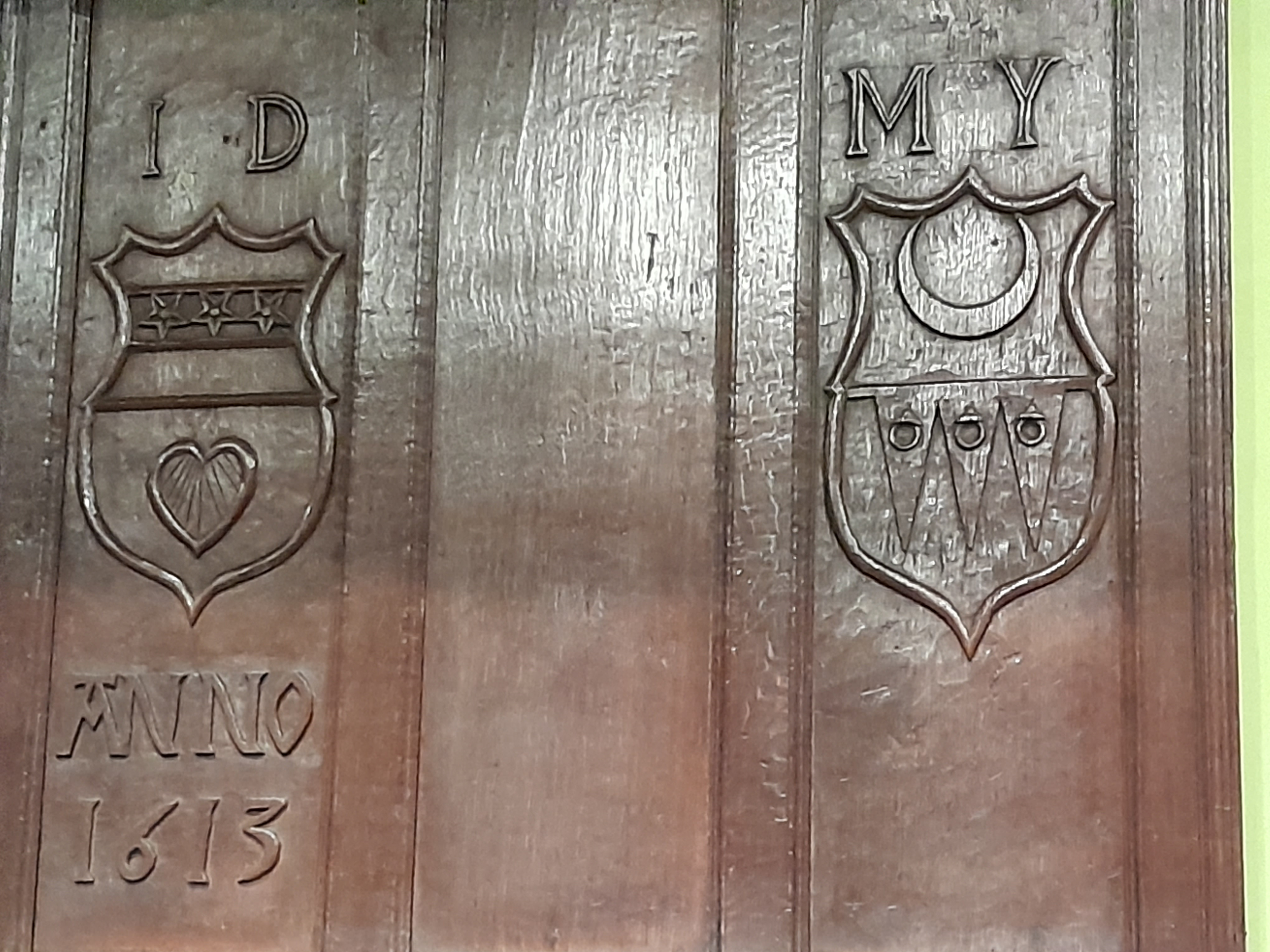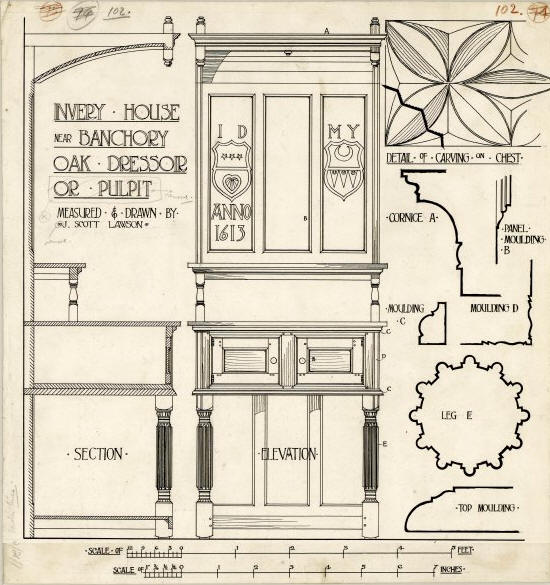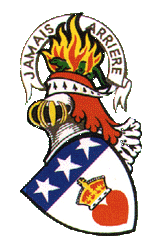The lands of Tilquhillie and Invery came into the
ownership of the Douglas family in the 16th century when David
Douglas was granted former Church land in the aftermath of the
Reformation. In 1576 his son John built
Tilquhillie Castle, which
still stands today. These lands swept round from the River Feugh to
the River Dee, where there is an Invery beat. In 1760, in more
peaceful times the Douglases decided to build a more comfortable
residence at Invery.
By 1800 Invery belonged to James Skene. His
son William, the eminent Celtic historian was born there in June
1806. James Skene was a close friend of Sir Walter Scott, who was a
frequent visitor to Invery and is said to have written parts of
Marmion at Invery. Scott’s introduction to canto iv of Marmion is
dedicated to James Skene.
In 1816 James Skene sold Invery,
moving to Edinburgh. Among many other notable achievements, Skene
designed Princes Street Gardens. The original house was a classic
Georgian rectangular house facing the river, using an existing 16th
century cottage as its service wing. In 1904, a new wing was added,
in keeping with the Georgian original and the front entrance was
repositioned between the old and new parts of the house.
In
the 1920s, Invery House and its policies were bought by members of
the family behind the Paisley based Coats Paton thread manufacturers.
It changed hands again in the 1970s before being bought by Stewart
and Sheila Spence in 1986. The current owners bought it privately
from the Spences in 1994, since which time it has been their family
home.
Invery occupies a secluded setting on the outskirts of
Banchory, the gateway to Royal Deeside, yet is only approximately a 1
¼ mile scenic walk from the amenities of the town.



The Tilquhillie Dresser
This classical ornament
was fashionable in Scotland long before the Adam Brothers and is seen on
this dresser in the column legs and carved cornice. It would have been
dressed with silver vessels on fine linen cloth, demonstrating wealth
and hospitality. The carved heraldry represents the original owners John
Douglas the 5th of Tilquhillie and Mary, daughter of Peter Young of
Seaton, who were married in 1595(1) and lived at Tilquhillie Castle in
Kincardine. This is the only surviving Scottish Dresser with a canopy.
This feature is an ancient expression of high status; it was probably
made in Fife. The dresser was in Invery before it was donated to
the nation. In 2023, it is on display in the V&A Museum, in
Dundee.
Notes:
1. Elsewhere, the
Douglas Archives records the marriage date as 1594, in Holyrood,
Edinburgh. The dresser, itself, is dated 1613, the significance of which
I have not discovered.
|


